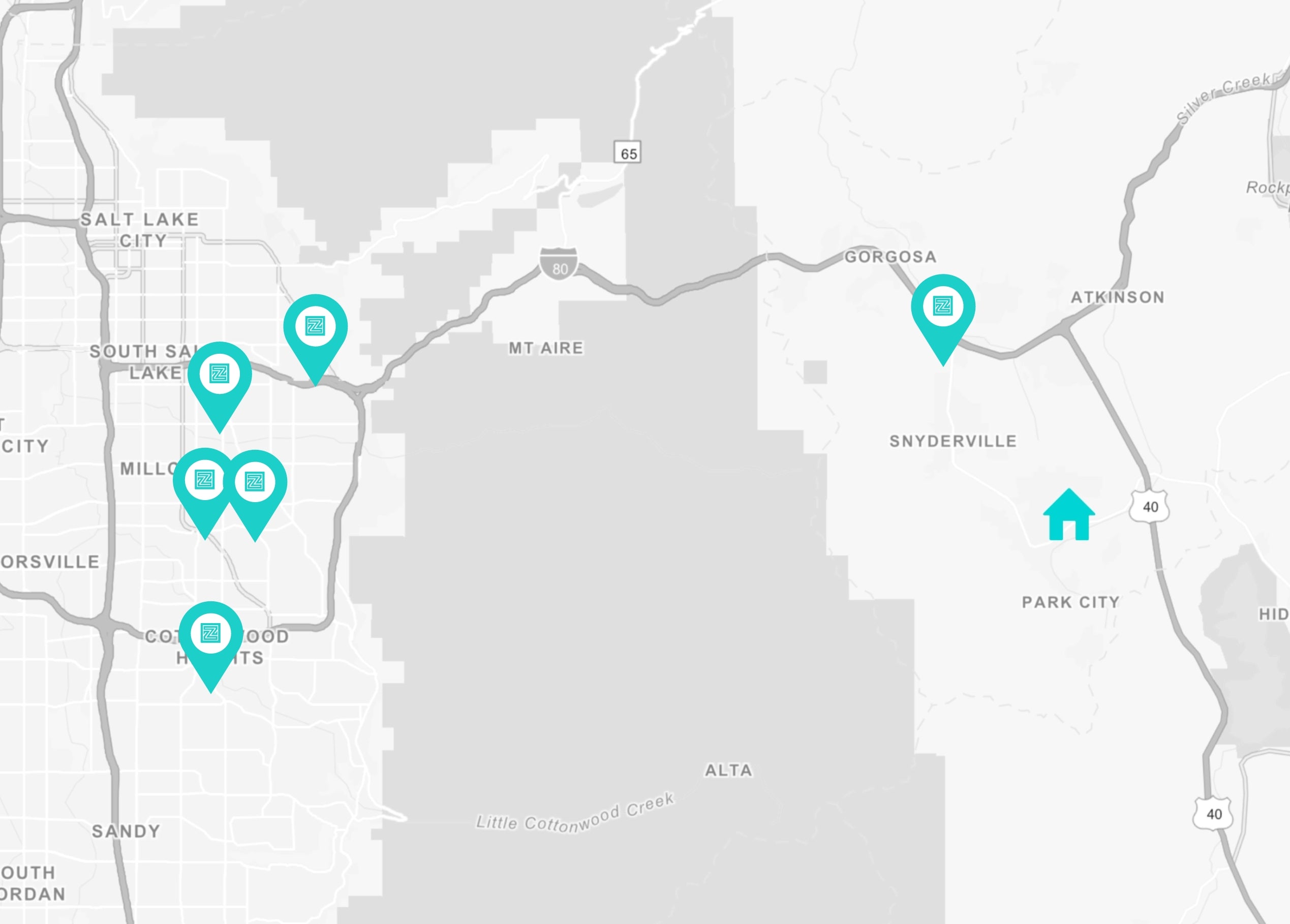
Our bodies are dynamic, ever-changing systems. The hormonal fluctuations that accompany the menstrual cycle throughout each month are a prime example of just how dynamic the body can be. These hormonal fluctuations can impact our energy levels, metabolism, appetites, emotional state, sleep quality and so much more.
This is where the concept of cycle syncing comes in. Cycle syncing, a term coined and trademarked by holistic health coach Alisa Vitti, is the process of aligning diet, exercise and lifestyle with the various phases of the menstrual cycle to support the body through these monthly changes. Vitti first introduced the concept of cycle syncing in her book WomanCode where she explored nutrition and lifestyle solutions to help optimize menstrual cycles, ease reactions to hormonal fluctuations, and improve overall quality of life.
Some of the key components of cycle syncing include:
Cycle syncing involves tracking not only the start and end days of your period, but also any symptoms before and after, including cravings, energy levels, mood and other indications throughout the month. The idea is to really dial in and learn the ups and downs of your body’s unique patterns. Some cycle syncing proponents keep a written journal, while others use an app tracker like MyFlo, Clue or Day After. The Apple Watch also now has its own app for cycle tracking.
This means eating differently during the different phases of your menstrual cycle. Dietary changes throughout the month are intended to support your body through the unique conditions of each menstrual phase, from helping to metabolize hormones to supporting levels of calcium, magnesium, iron and zinc.
Exercising for your cycle involves varying the type and intensity of your workouts according to where you’re at in your cycle. As hormonal levels fluctuate throughout the month, so can energy levels. Cycle syncing proponents suggest letting workouts ebb and flow in accordance with the nature of each menstrual phase, opting for higher intensity workouts during some phases and more restorative workouts during others.
Cycle syncing breaks the menstrual cycle into four distinct phases based on the hormonal fluctuations that occur over a 28-day period:

- The Menstrual Phase: Also known as your period, the menstrual phase is considered the first phase in cycle syncing. During this phase, hormones quickly decline to their lowest concentrations. According to cycle syncing proponents, because energy levels tend to be low for the first few days of your period, this can be a good time to rest and take a day off or opt for restorative exercise, like stretching or walking. It’s also a good time to drink lots of fluids and focus on nutrient-rich veggies that contain high levels of iron and zinc, like kelp and nori.
- The Follicular Phase: Considered the second phase in cycle syncing, the follicular phase occurs in the first week or so after your period ends, usually lasting between 7 and 10 days. Estrogen and progesterone levels are still low, but beginning to increase. Cycle syncing proponents recommend eating sprouted and fermented foods during this phase, like broccoli sprouts, kimchi and sauerkraut, to help metabolize estrogen. Activated broccoli seed extract actually has naturally occurring diindolylmethane, which may help to support healthy hormone metabolism. For exercise during the follicular phase, cycle syncing proponents suggest taking it easy with some light cardio at the beginning as energy levels may be lower during the first few days of the follicular phase, and then ramping up toward higher intensity workouts.
- The Ovulatory Phase: The ovulatory phase occurs midway through your cycle and is the third phase in cycle syncing. Usually lasting between 3 to 5 days, this is often when estrogen levels begin to peak. During the ovulatory phase, cycle syncing proponents encourage a high fiber diet, full of raw fruits and vegetables as well as high impact workouts to help the body metabolize any excess estrogen.
- The Luteal Phase: Usually lasting between 10 and 14 days, the luteal phase is often when many women begin to experience PMS indications. During the luteal phase, many hormones surge to peak concentrations and then fall to their lowest levels right before menstruation begins. Cycle syncing generally recommends starting with higher intensity strength training at the beginning of this phase and then transitioning to lower impact, more restorative activities in the few days right before menstruation begins. According to Vitti, during the ovulatory and the luteal phases, caloric needs actually increase by 16%, so it’s also a good time to add in some extra healthy snacks each day! Cycle syncing proponents suggest that this is a good time to eat foods rich in calcium and magnesium, like spinach, dark chocolate, sweet potatoes, pumpkin seeds, avocados and bananas. Magnesium supplements can also be a great option if you’re looking for a little extra magnesium support.
Maybe most fundamental to cycle syncing is the practice of really listening to your body and tracking its unique rhythms to understand what foods, workouts and activities are going to be best for you.
Maybe most fundamental to cycle syncing is the practice of really listening to your body and tracking its unique rhythms to understand what foods, workouts and activities are going to be best for you.
Sometimes out of ease and convenience, we can fall into an exercise or food rut where we just do the same workouts and eat the same things every day. But with our bodies undergoing different hormonal changes in each phase of the menstrual cycle, cycle syncing suggests that it’s important to switch it up and tailor workouts and diet to what the body needs during each distinct phase. By cooperating and harmonizing with the ebb and flow of hormones in this way, cycle syncing proposes that we can work with the menstrual cycle rather than against it in order to feel like our best selves.



